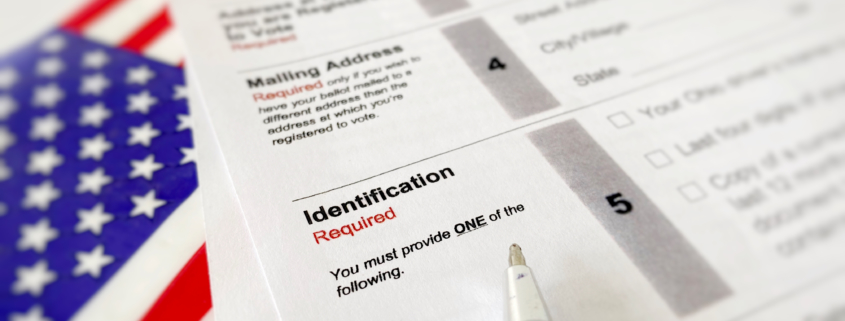8 Days Remaining
Voter ID laws are an incredibly contentious issue. These laws require that a voter must show some form of identification to be able to vote. What constitutes a credible form of identification varies widely from state to state, leading to much confusion amongst potential voters. Indiana was the first state to pass strict voter ID laws in 2006, and while contested, the law was upheld as constitutional by the Supreme Court in the 2008 case of Crawford v. Marion County Election Board in a 6-3 vote.
Advocates of voter identification laws cite the need to instill measures to combat voter fraud by ensuring that a registered voter is who they say they are. However, Former Supreme Court Associate Justice, David Souter, said in his dissent of the previously mentioned Crawford v. Marion County Election Board case, “The interest in combating voter fraud has too often served as a cover for unnecessarily restrictive electoral rules.”
More Americans than you might think lack appropriate identification. In fact, according to a 2006 study at NYU’s Brennan Center for Justice, 11% of U.S. citizens – or more than 21 million Americans – do not have government-issued photo identification. These citizens are disproportionately low-income, racial and ethnic minorities, the elderly, and people with disabilities. It is often much more difficult, and costly, for these groups to obtain an acceptable form of identification, not to mention the underlying documents that are a prerequisite to getting a government-issued ID.
Even if voters have the appropriate form of identification, there is an evident racial disparity in how the voter ID laws are enforced. A study by Caltech/MIT found that minority voters are more frequently questioned about ID than are white voters.
The findings of this study seem to support the belief of Former Attorney General of the United States, Eric Holder, who compared Voter ID laws to a poll tax. Poll taxes were imposed by Southern States during the Jim Crow era as a way to discourage Black voters from casting their ballot. Voter ID laws have been found to have an especially significant effect on voter turnout amongst racial minorities and other vulnerable groups.
While government and election officials might argue that the purpose of including strict Voter ID laws works as an integral part of a fair electoral process, these laws also work to suppress the votes of many. A 2014 study done by the United States Government Accountability Office found that strict photo ID laws reduce turnout by 2-3 percentage points. While this might not sound like a lot, this can translate into tens of thousands of votes lost in a single state, such was the case covered in a 2014 article by the Washington Post: “Voter ID laws in Kansas and Tennessee dropped 2012 turnout by over 100,000 votes.” It is astonishing to think of the millions that do not have the means to exercise their right to vote.
The right to vote, and the ability to vote, are two different things. However, they don’t have to be. It is absolutely vital that we bridge this gap, to ensure the fair and equal representation American democracy is supposed to stand for.



Leave a Reply
Want to join the discussion?Feel free to contribute!